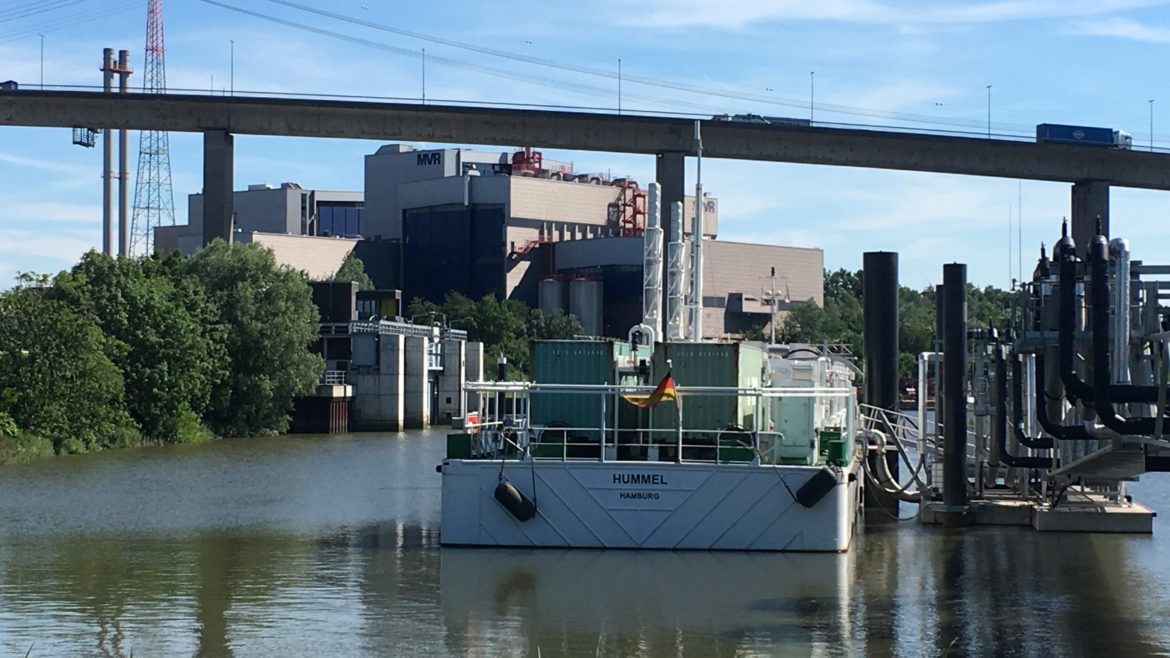Keeping track of trucks: Freight transport is still largely conducted by road in Germany – and the transport sector will also continue to grow. These are the realities. The German government is countering these realities by, among other things, promoting alternative fuels, appropriate drive systems and complementary structural measures, such as the establishment of a network of filling stations.
With the Climate Protection Plan 2050, the German government has set itself ambitious goals. Carbon emissions are to be reduced by 40 – 42% compared to 1990 levels.In addition to passenger cars, (road) freight transport in particular is an important element for achieving the targets in the transport sector. Among the reasons for this is the predicted continued strong growth in this sector, which has so far been largely handled by diesel trucks on the roads.
A key element in the federal government’s considerations may be the switch to alternative drives and fuels such as natural gas in the form of compressed natural gas (CNG) and liquefied natural gas (LNG). CNG and LNG can contribute to reducing emissions, especially pollutant emissions. An additional factor in favour of their use as a fuel in trucks and ships is that, unlike in the passenger car segment, for example, direct electrification does not appear feasible in the short term.
Accompanying support measures of the Federal Ministry of Transport and Digital Infrastructure (BMVI), such as toll exemptions for natural gas trucks, procurement subsidies and energy tax reductions, will indirectly promote not only the market development for heavy commercial vehicles with CNG and LNG, but also the continued existence and growth of a nationwide CNG and LNG filling station infrastructure in Germany. So far, there are nine LNG filling station locations nationwide. By the end of 2020, close to 50 LNG filling stations are to be established along all major transport corridors in Germany.


